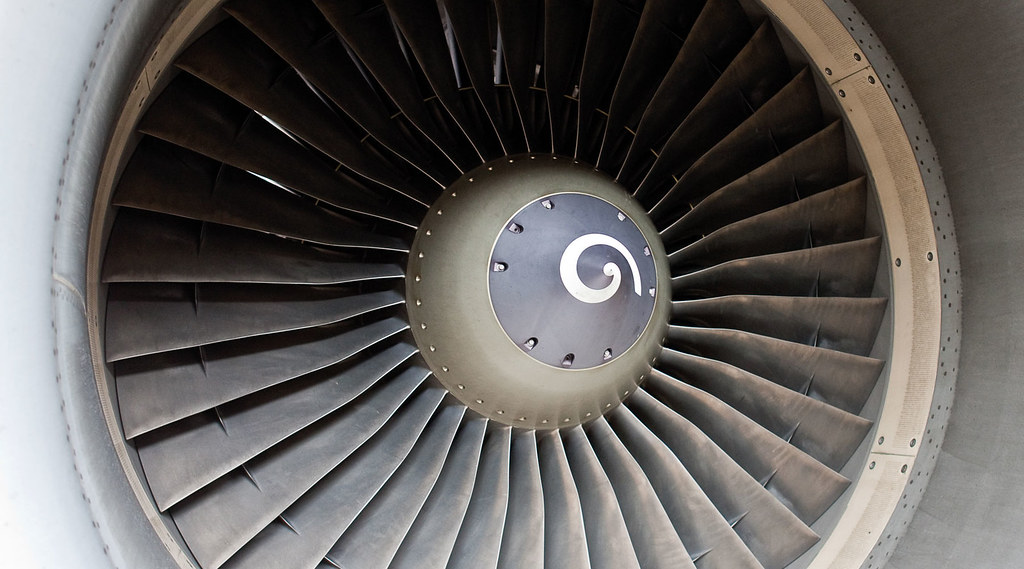The Advisory Council for Aeronautical Research in Europe has set environmental targets for new aircraft entering service in 2020, requiring aero engines to release significantly lower levels of environmentally harmful emissions.
Meeting these targets requires a new generation of ‘lean burn’, low-noise, fuel-efficient aero engines.
Aero Engine Controls, which provides Rolls-Royce with state-of-the-art engine control systems, sought University of Bath’s expertise to help them achieve these targets.
Creating efficient engines with piezo-actuation
Engines are extremely hostile environments – extremes of temperatures, thermal shock vibration and pressure.
So, as well as attaining the environmental targets, any new engine control device needed to be very robust and capable of a reliable extended service life.
The research group adopted a novel solution to controlling fuel valves in aero engines - piezo-actuation.
Piezoelectric actuation makes use of a property of a material called a piezoceramic, which changes shape if an electrical charge is put across it.
This enables the conversion of electrical energy into mechanical energy which can be used to move things, like opening and closing valves in fuel systems.
Piezo-actuation devices have few moving parts and are lighter, simpler and theoretically more reliable than conventional actuating devices.
Developing the prototype
The resulting collaborative project between the company and the University designed, built and tested a highly original prototype that could deliver and control the flow of fuel into aircraft engines.
The better the fuel flow is controlled and delivered, the better the control over the efficiency and the emissions that the engine generates.
Within six months, the research group brought the design concept through to assembled prototype and bench testing.
The resulting piezoelectric technology could ultimately be applied to a wide range of sectors.
Through the collaboration an EPSRC CASE PhD studentship has been created, extending the testing and development of the prototype to assess its operation under a wide range of environmental conditions.
